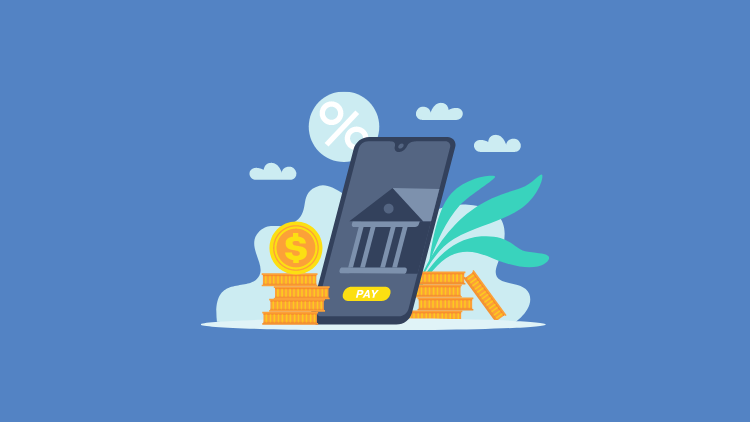Member Exclusive, Payments
Payments Briefing: Behind Papaya’s bill payment technology
- This week, we take a look at how Papaya uses AI to simplify bill payments for consumers and merchants.
- We also explore PayPal’s entry into the stablecoin race, and how payments are increasingly becoming “invisible”.








